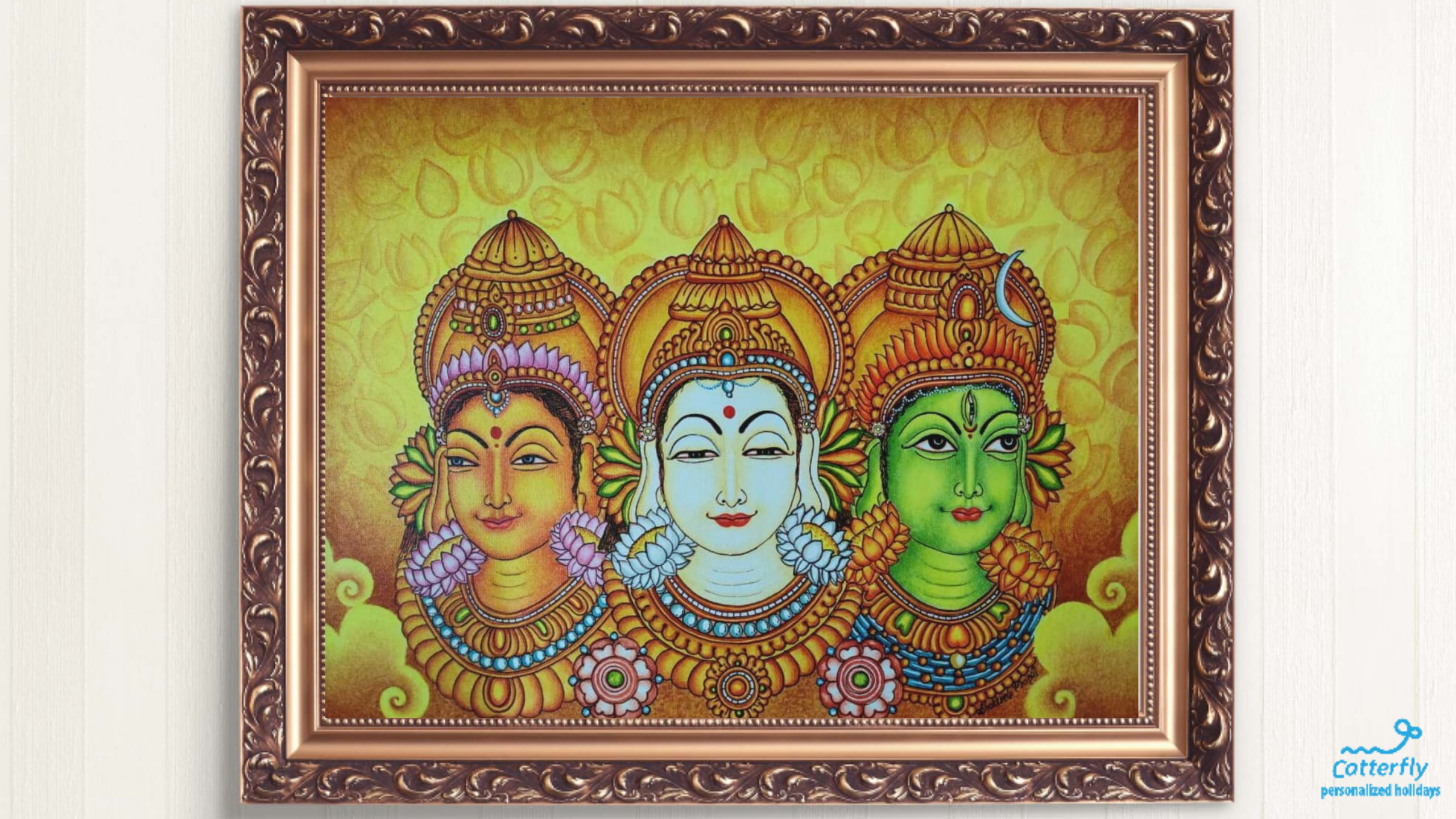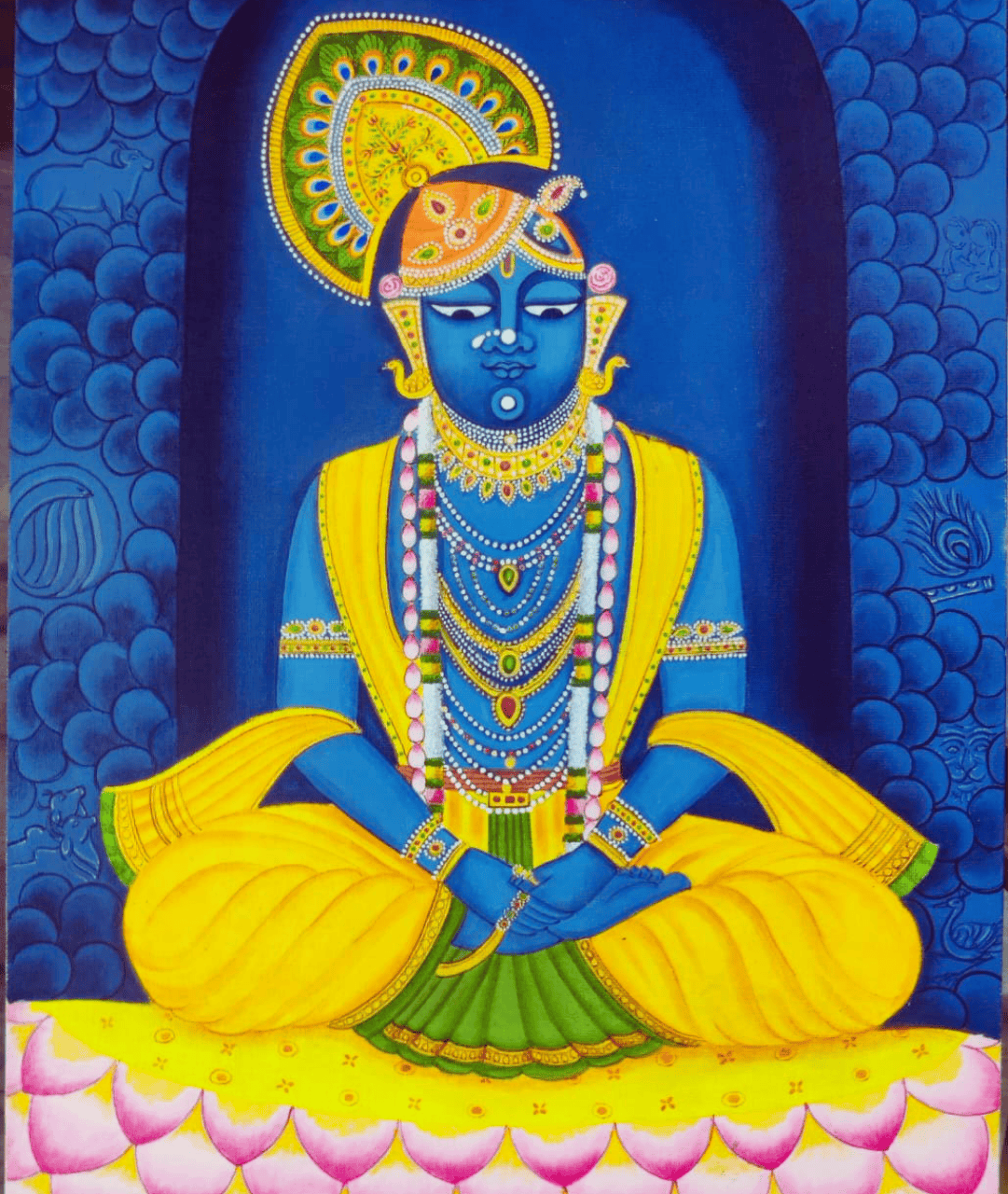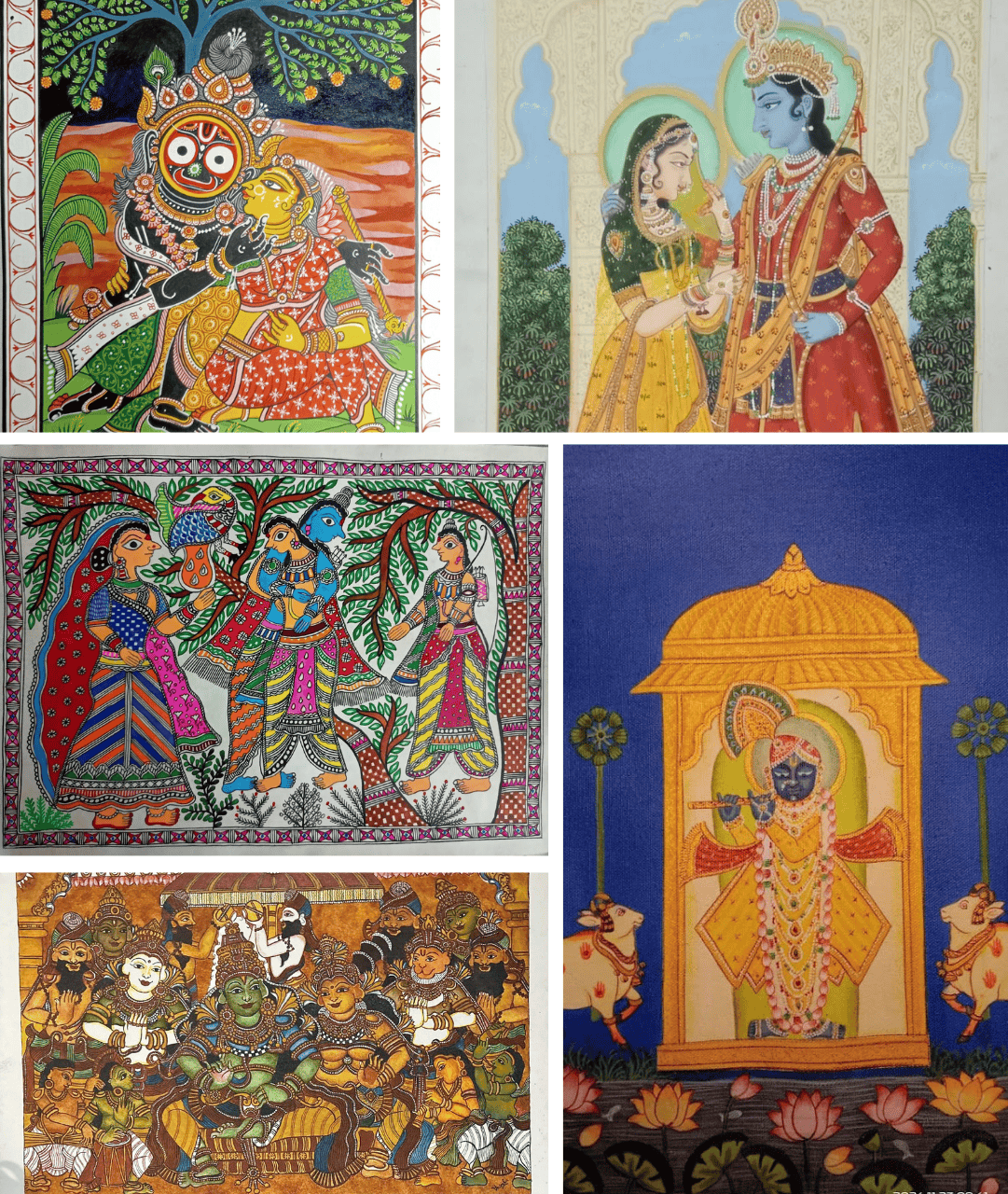The Structured Learning Journey of an Art Learner at Catterfly
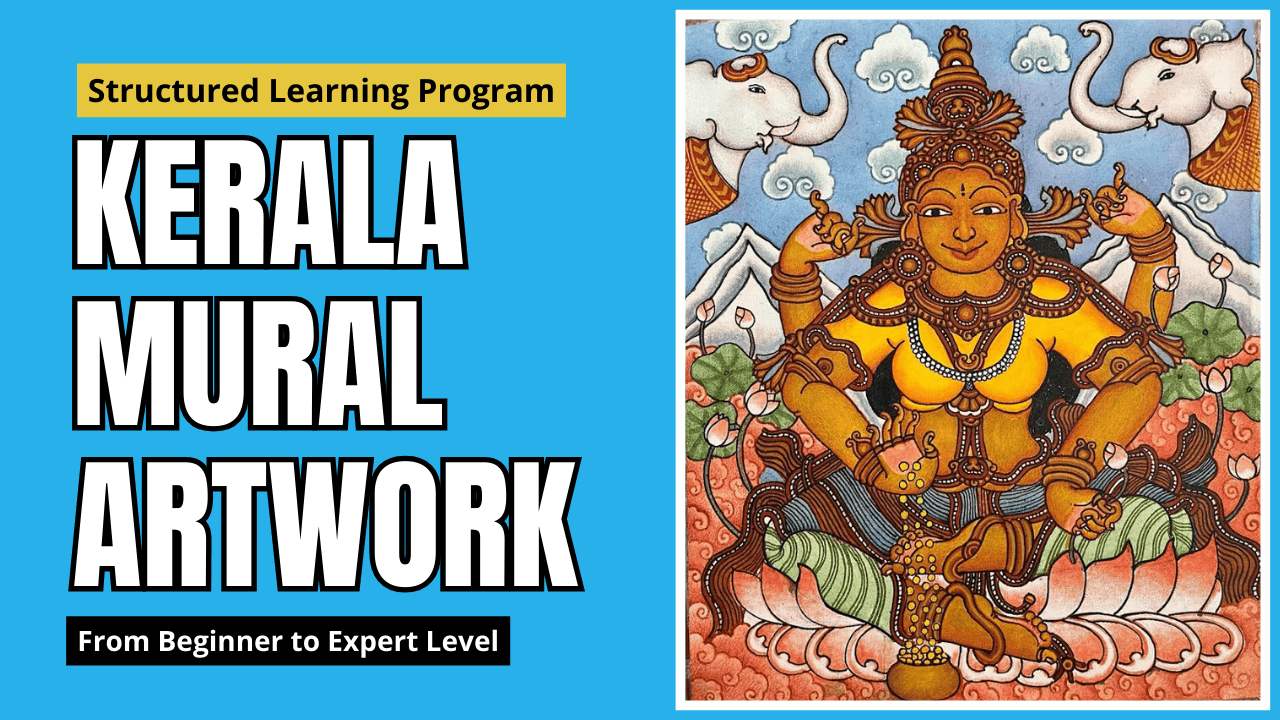
Catterfly's approach to learning Kerala Mural art is a structured and thoughtful journey. It goes beyond simply painting, focusing on a step-by-step development of skills and techniques. The program is designed to guide learners from fundamental concepts to artistic mastery, ensuring a steady and motivated progression.
Structured Learning Schedule
Catterfly’s approach revolves around a well-defined Learning Schedule, which outlines a structured program for Kerala Mural painting.
This schedule categorizes lessons into four levels – Beginner, Intermediate, Advance, and Expert – so that learners can progress systematically.
This schedule categorizes lessons into four levels – Beginner, Intermediate, Advance, and Expert – so that learners can progress systematically.
Each module within the schedule includes:
Level – Skill category (Beginner, Intermediate, Advance, Expert).
Artwork / Painting – The specific Kerala Mural artwork being taught.
Module – Detailed description of the learning focus.
Level – Skill category (Beginner, Intermediate, Advance, Expert).
Artwork / Painting – The specific Kerala Mural artwork being taught.
Module – Detailed description of the learning focus.
Duration (hours) – Estimated time to complete the module.
Start Date & End Date – Planned timeline for each module.
Status – Tracks progress (Not Started, In Progress, Completed).
Start Date & End Date – Planned timeline for each module.
Status – Tracks progress (Not Started, In Progress, Completed).
This structured breakdown helps learners and facilitators set clear goals, manage time effectively, and visualize progress.
For more please visit Catterfly Kerala mural master Course
Learning by Levels – What You’ll Master
Beginner Level – Building the Foundation Learners start with the fundamentals:
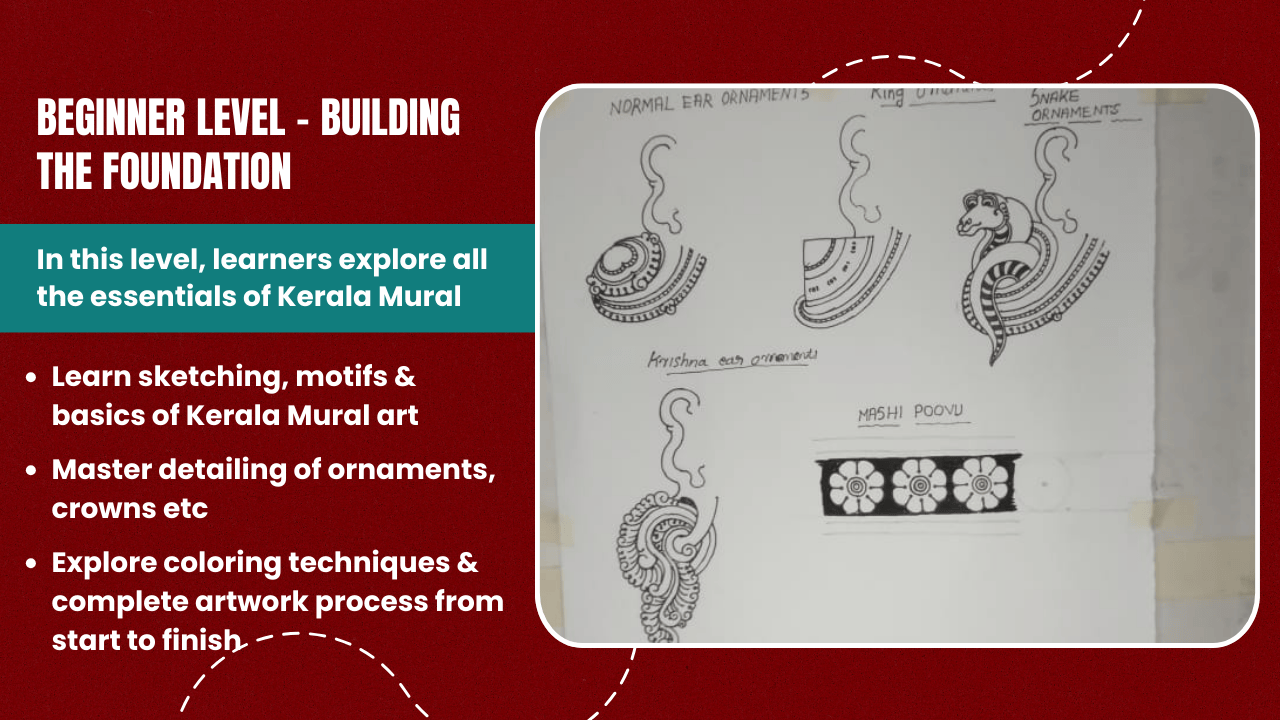
Basic Skills:
1.learn different ornaments with are associated with different Gods, Kings, General people.
2.learn how to make different types of crown,earring,crown, designs with detailing
3. learn different hand mudras and ornaments for hands of the different God-Goddess
4. learn how to make different ornaments for leg of the different God-Goddess
5. learn diffrent weapons, chakras, shankh used by gods in mural paintings.
6. learn how to basics of coloring in Kerala mural paintings.
7. learn detailed process of making crown for different people.
Motifs:
how to start sketching the basics and how to color various elements.
Learn start to final prosess of the traditional kerala mural paintings.
Practice Artworks: Simple compositions like God-goddess face, ardhanareshawer face, peacock, lotus etc.
For more please visit Catterfly Kerala mural master Course
Intermediate Level – Refining Techniques

Once the basics are mastered, learners move to more detailed and colorful artworks:
Refining Skills: Sketching, outlining with red Cd marker, yellow carbon
Refining Skills: Sketching, outlining with red Cd marker, yellow carbon
Coloring: Base colouring with Yellow, Red outlining, different shading mode, background colouring, curve design in the water area and sky area etc.
Artworks: The Six-Stage Process: The creation of a traditional Kerala mural is a multi-stage process, rooted in ancient Indian art treatises like the Chitrasutra and Silparatna. The six main stages are: Lekhya Karma (Preliminary Drawing), Rekha Karma (Outlining),Varna Karma (Color Filling), Vartana Karma (Shading), Lekha Karma (Final Outlines), Dvika Karma (Final Touches and Preservation)
For more please visit Catterfly Kerala mural master Course
Advance Level – Exploring Complexity

Here, learners tackle more intricate themes and techniques.
Techniques: The practice of Kerala mural art is a meticulous and deeply traditional process, guided by ancient texts and passed down through generations. It is an art form where every step, from preparing the wall to applying the final finishing touch, is considered a meditative and spiritual act.
Themes: Kerala mural art is a traditional Indian art form primarily found in temples, palaces, and churches of Kerala. Its themes are deeply rooted in the region's culture, religion, and folklore. The art form tells visual stories, and its subjects are often drawn from a variety of sources.
The most prominent themes in Kerala mural art are religious and mythological. These paintings act as visual narratives for sacred texts, making complex stories accessible to devotees. Scenes from the Ramayana, Mahabharata, and various Puranas are commonly depicted. These include stories of gods like Vishnu, Shiva, and Krishna, as well as heroic figures and their battles. Murals frequently feature portraits of gods and goddesses such as Ganesha, Krishna, and Durga. The poses, colors, and attributes of each deity are highly stylized and symbolic, reflecting their spiritual and moral qualities.
The most prominent themes in Kerala mural art are religious and mythological. These paintings act as visual narratives for sacred texts, making complex stories accessible to devotees. Scenes from the Ramayana, Mahabharata, and various Puranas are commonly depicted. These include stories of gods like Vishnu, Shiva, and Krishna, as well as heroic figures and their battles. Murals frequently feature portraits of gods and goddesses such as Ganesha, Krishna, and Durga. The poses, colors, and attributes of each deity are highly stylized and symbolic, reflecting their spiritual and moral qualities.
Symbolic Representation
The themes are not just literal depictions; they are also highly symbolic. The five primary colors—red, yellow, green, white, and black—known as Panchavarna, are used to convey the inherent nature of the characters. Green is used for divine and virtuous characters, while red and yellow are for powerful and ambitious figures. The challenge now is for artists to replicate the traditional, earthy tones of natural pigments using synthetic colors. This requires a different kind of skill—mixing and matching acrylics to achieve the characteristic muted palette of Kerala's murals.
The themes are not just literal depictions; they are also highly symbolic. The five primary colors—red, yellow, green, white, and black—known as Panchavarna, are used to convey the inherent nature of the characters. Green is used for divine and virtuous characters, while red and yellow are for powerful and ambitious figures. The challenge now is for artists to replicate the traditional, earthy tones of natural pigments using synthetic colors. This requires a different kind of skill—mixing and matching acrylics to achieve the characteristic muted palette of Kerala's murals.
Finishing Touches:
Final Outlining (Lekha Karma): Before the final touches, the painting's outlines are finalized, typically in black. It is called Murcidal proceess. This step defines the forms and figures, making them stand out from the background.
Eye Opening (Nethronmeelanam): This is a significant and often spiritual final step. The eyeballs of the characters are filled in with black color, which is believed to "open" the eyes of the figures and bring them to life.
Shading: Shading is applied using fine dots (Bindujam) or lines (Rekhikam) to give the figures a three-dimensional effect. This technique creates a sense of depth and volume, a hallmark of Kerala murals.
Background and Border Finishing: Backgrounds and Border are often filled with decorative patterns or stippling techniques, such as Varnapatha, to create a textured and vibrant backdrop.
Final Outlining (Lekha Karma): Before the final touches, the painting's outlines are finalized, typically in black. It is called Murcidal proceess. This step defines the forms and figures, making them stand out from the background.
Eye Opening (Nethronmeelanam): This is a significant and often spiritual final step. The eyeballs of the characters are filled in with black color, which is believed to "open" the eyes of the figures and bring them to life.
Shading: Shading is applied using fine dots (Bindujam) or lines (Rekhikam) to give the figures a three-dimensional effect. This technique creates a sense of depth and volume, a hallmark of Kerala murals.
Background and Border Finishing: Backgrounds and Border are often filled with decorative patterns or stippling techniques, such as Varnapatha, to create a textured and vibrant backdrop.
For more please visit Catterfly Kerala mural master Course
Expert Level – Mastery and Storytelling:
The final level challenges learners to create elaborate scenes with multiple characters and symbolic meaning.


Complex Scenes and motifs or images:
- Kerala mural art, traditionally found on temple and palace walls, is known for its intricate and deeply symbolic scenes. The complex scenes and motifs in Kerala mural art are primarily inspired by Hindu epics like the Ramayana and Mahabharata, as well as ancient scriptures and folklore.
- Depictions of gods and goddesses such as Vishnu, Shiva, Ganesha, and Durga, often in specific mythological scenes like the Ananthasayanam, and various episodes from the life of Krishna, such as the Raas Leela or Krishna and Kuchela.
Figures are highly stylized, with a distinct emphasis on graceful postures and fluid lines. The anatomy of the characters, including animals and plants, is represented in a regionally stylized manner. The poses are often influenced by the mudras (gestures) of the classical dance form Kathakali.
Symbolism & Details:
Symbolism & Details:
Murals are filled with rich symbolism. The lotus symbolizes purity, while different facial expressions and gestures (mudras) convey emotions and deeper meanings. The eyes are particularly prominent and expressive. The backgrounds are often filled with intricate patterns of stylized flora and fauna, which add to the narrative and aesthetic richness.
Artists use acrylic paints and other modern mediums to replicate the traditional style while maintaining its key characteristics. This adaptation allows the detailed and vibrant art form to be enjoyed outside of its traditional temple and palace settings.
Artists use acrylic paints and other modern mediums to replicate the traditional style while maintaining its key characteristics. This adaptation allows the detailed and vibrant art form to be enjoyed outside of its traditional temple and palace settings.
For more please visit Catterfly Kerala mural master Course
Sample Learning Schedule & Progress Tracker:
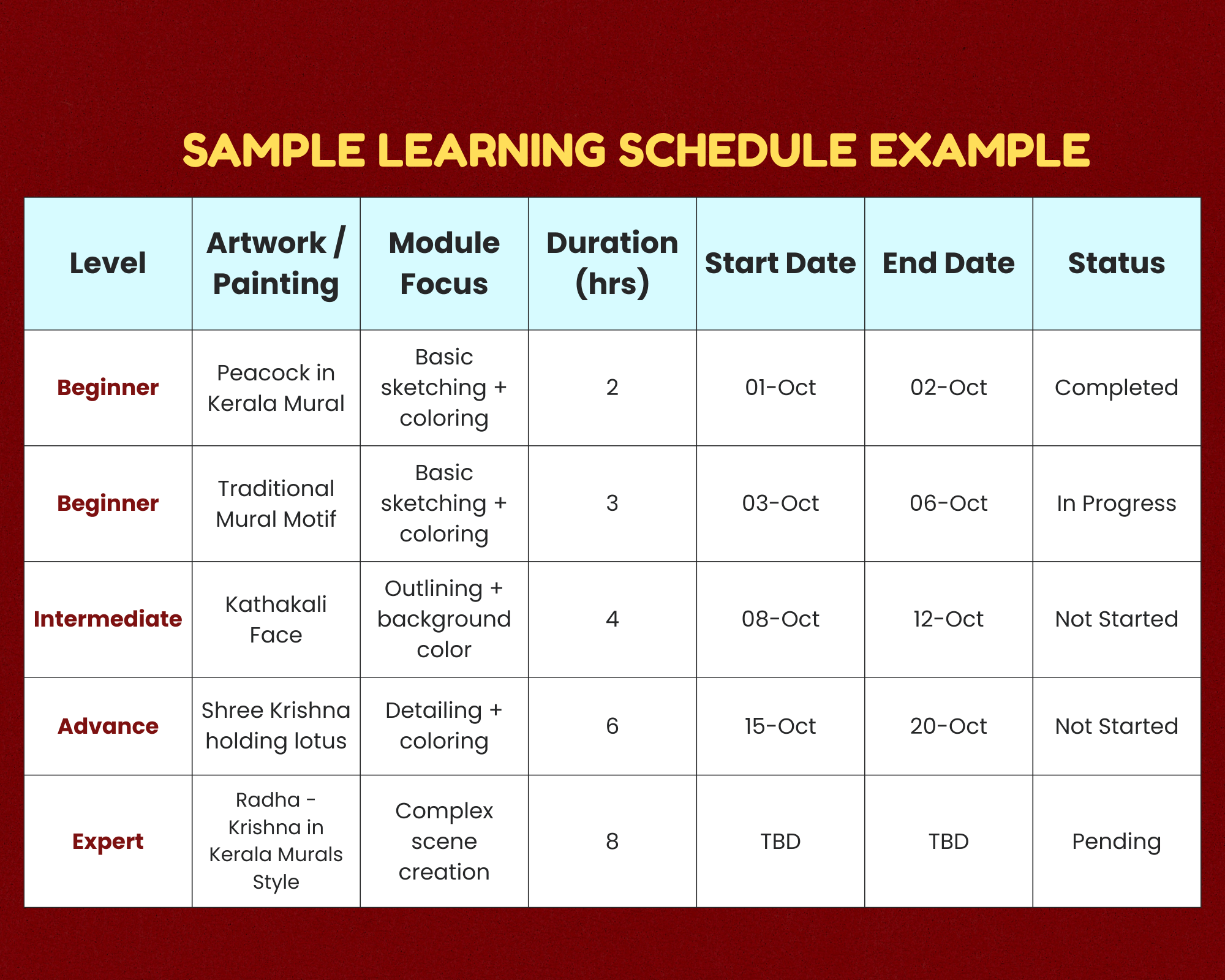
Visual Progress Example
Below is an example of how learners might visualize their progress:
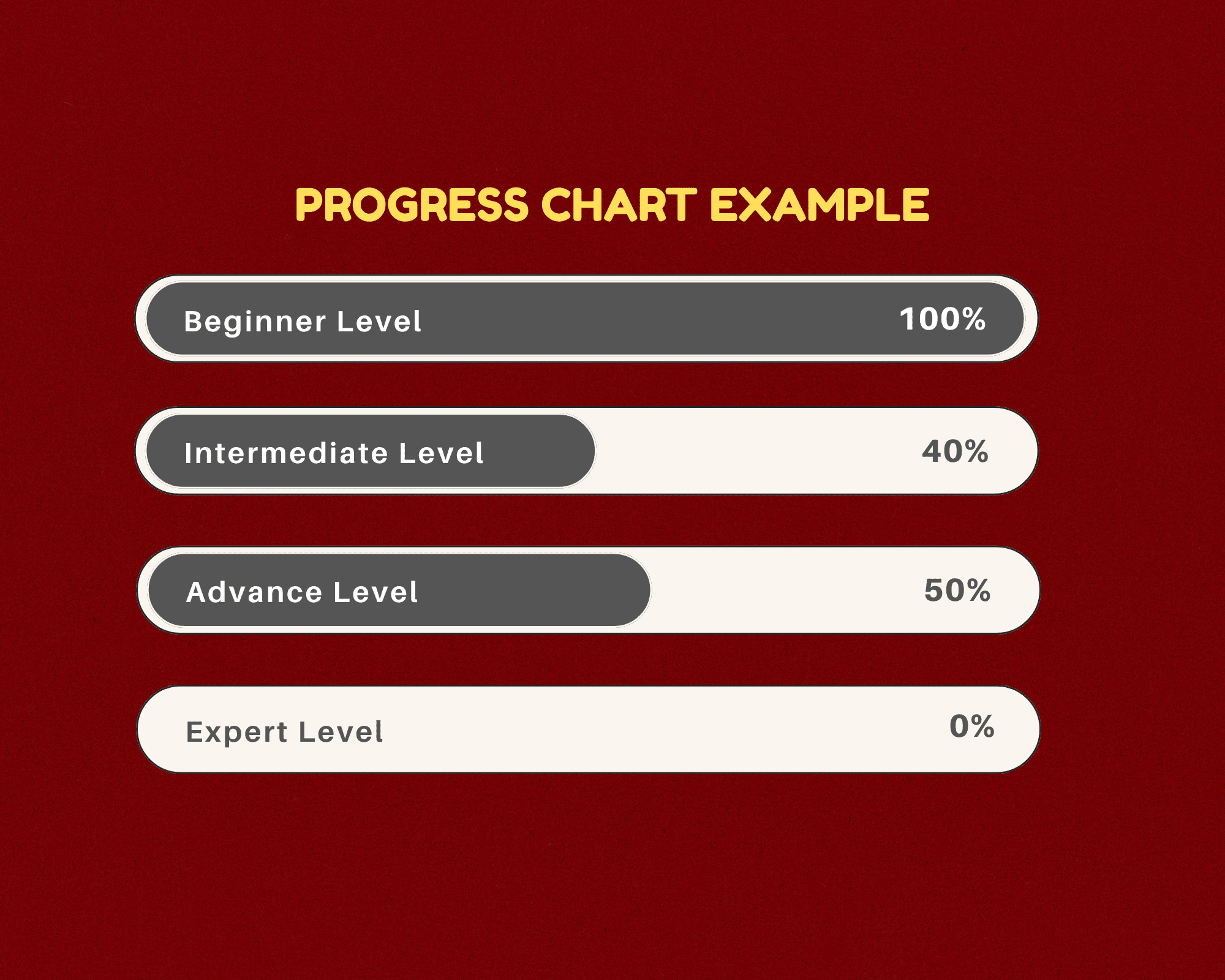
A progress chart helps motivate learners as they can literally see themselves moving towards mastery.
Workshop Moderation & Benefits for Learners Catterfly workshops are not just about following a syllabus – they are interactive, moderated experiences:
Personalized Feedback: Learners receive guidance and corrections from expert facilitators.
Personalized Feedback: Learners receive guidance and corrections from expert facilitators.
Progress Tracking: The schedule helps monitor where each learner stands, ensuring no one is left behind.
Motivation & Accountability: Visible milestones keep learners engaged and motivated to complete each stage.
Flexibility: Learners can plan start and end dates based on their pace, making it a stress-free learning journey.
Benefits of a Structured Learning Journey
• Clarity: Learners always know what comes next.
• Skill Development: Each level builds upon the previous one, ensuring gradual and sustainable growth.
• Confidence: Completing modules step-by-step boosts confidence and inspires creativity.
• Portfolio Building: By the end of the Expert level, learners have a rich collection of kerala Mural artworks to showcase.
Conclusion :
Catterfly’s structured approach ensures that learning kerala Mural painting is not overwhelming but an enriching experience. By combining a well-planned schedule, interactive workshops, and clear progress tracking, learners are empowered to enjoy every step of their artistic journey – from their first Key Design Elements, Motifs to a grand Nari Kunjar in Kerala Murals masterpiece.















